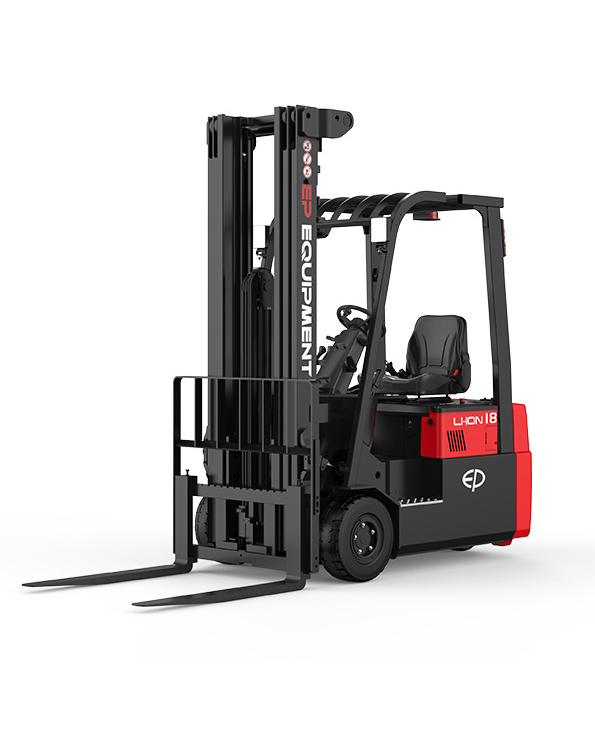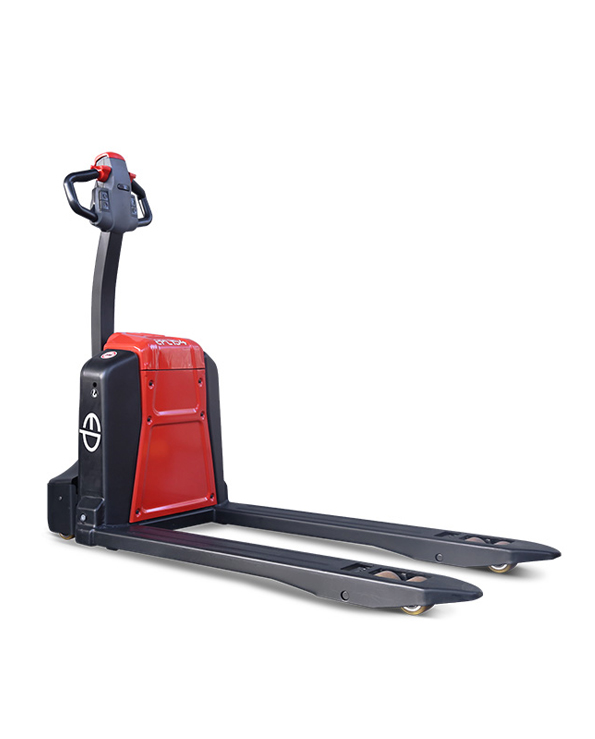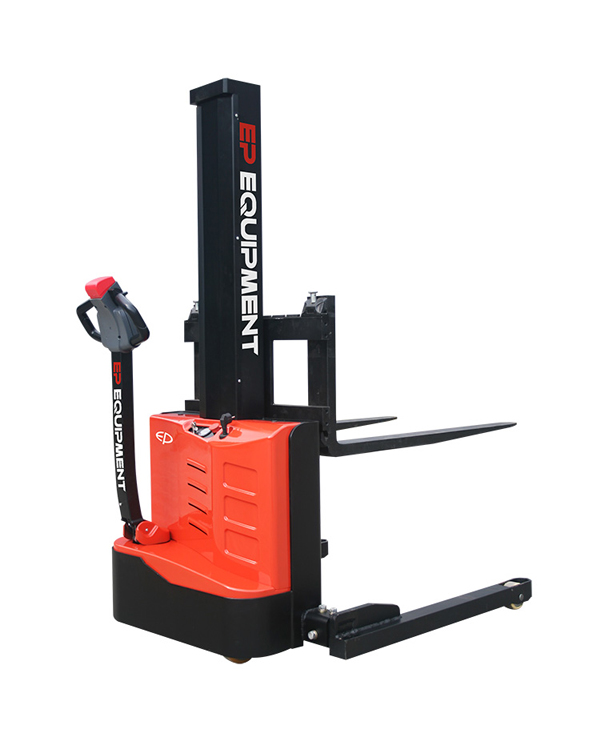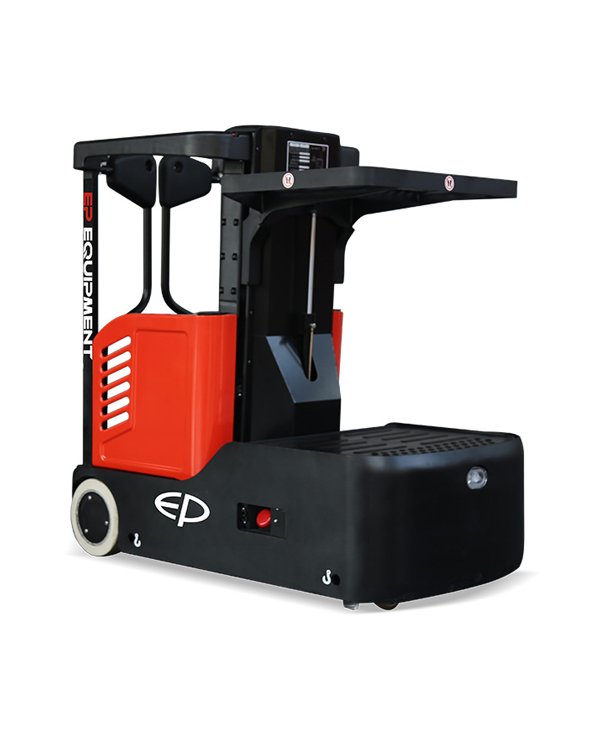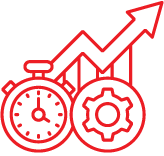EP Lithium-Ion Battery Technology
Lithium-Ion battery technology has been a part of the material handling industry for some time, its prevalence is growing with an increasing range of products that leverage its advanced capabilities. Improvements are key in enhancing efficiency throughout the supply chain. Lithium-Ion batteries outperform their lead-acid counterparts in environmental friendliness and energy density, contributing to greater productivity.
Lithium-Ion batteries excel in energy retention, offering extended power storage, and are becoming the norm in electric vehicles. Their light weight, minimal maintenance requirements, ability to charge quickly between shifts, and effective performance in cold storage environments further underscore their suitability for diverse material handling needs.



